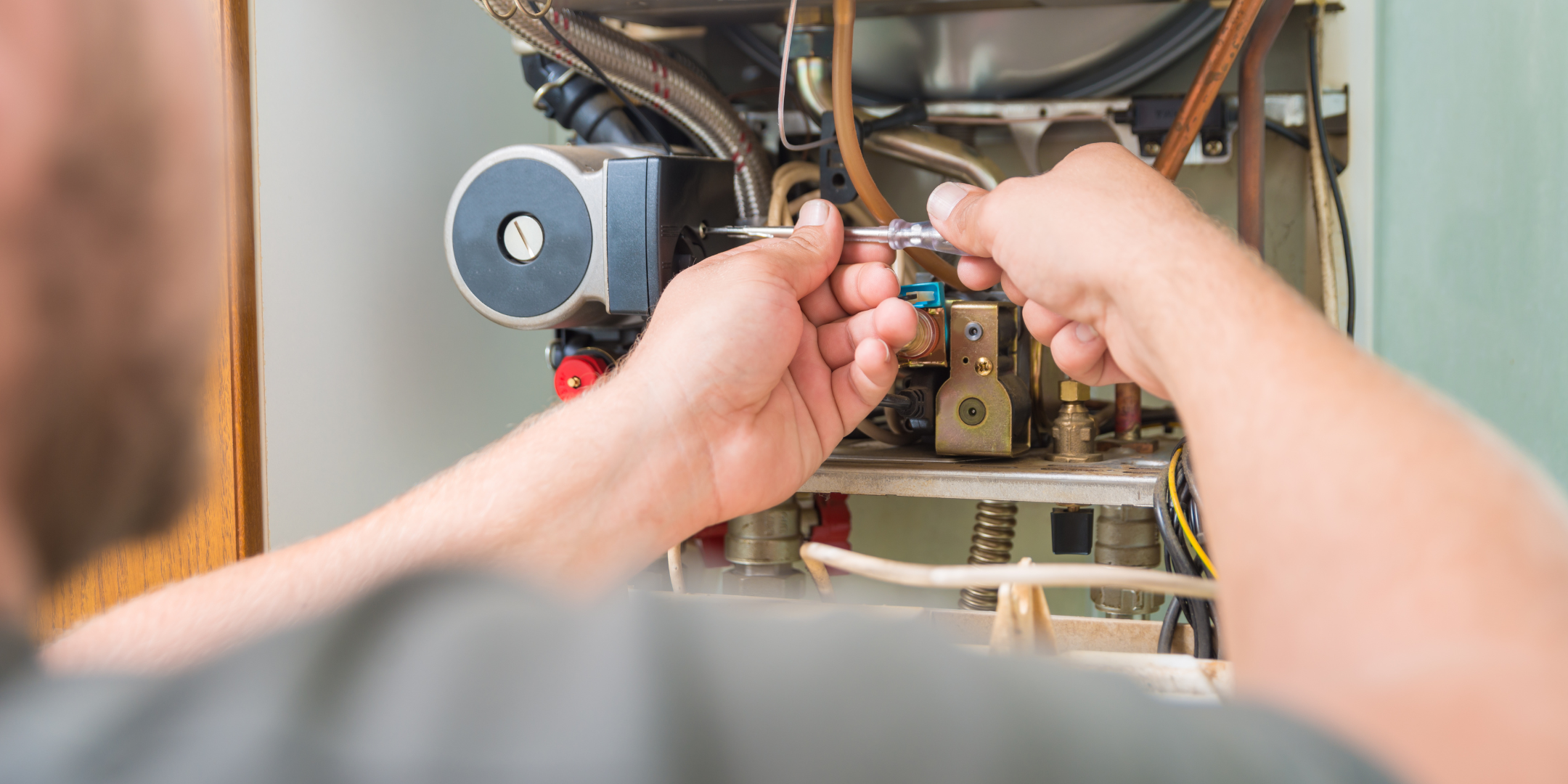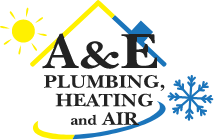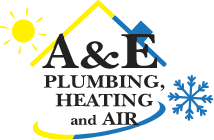
When it comes to heating your home, choosing between a heat pump and a furnace can feel overwhelming. Both systems have their strengths and weaknesses, and the right choice depends on your climate, budget, and energy efficiency goals. By the end of this article, you’ll know all about the pros, cons, and costs of heat pumps and furnaces, empowering you to make the best decision for your home.
overwhelming. Both systems have their strengths and weaknesses, and the right choice depends on your climate, budget, and energy efficiency goals. By the end of this article, you’ll know all about the pros, cons, and costs of heat pumps and furnaces, empowering you to make the best decision for your home.
Whether you’re upgrading your current system or installing a new one, understanding the differences between these two options is crucial. Let’s dive in and break it all down.
Heat Pumps vs. Furnaces: What’s the Difference?
When it comes to heating your home, heat pumps and furnaces operate in fundamentally different ways. Understanding these differences is key to choosing the right system for your needs. Let’s break it down further.
How Heat Pumps Work
Heat pumps are unique because they don’t generate heat—they transfer it. Here’s how they operate:
Heat Transfer Process
In the winter, a heat pump extracts heat from the outside air (even in cold temperatures) or the ground and moves it inside your home.
In the summer, the process reverses: the heat pump removes heat from your home and releases it outdoors, acting as an air conditioner.
Types of Heat Pumps
Air-Source Heat Pumps: These are the most common and transfer heat between your home and the outside air.
Ground-Source (Geothermal) Heat Pumps: These use the stable temperature of the earth to heat and cool your home, offering even greater efficiency but at a higher installation cost.
Energy Efficiency
Heat pumps are highly efficient because they move heat rather than create it. For every unit of electricity they use, they can produce 2-3 units of heat, making them a cost-effective option in moderate climates.
Dual Functionality
One of the biggest advantages of heat pumps is their ability to provide both heating and cooling, eliminating the need for a separate air conditioning system.
How Furnaces Work
Furnaces, on the other hand, generate heat through combustion or electrical resistance. Here’s a closer look at their operation:
look at their operation:
Heat Generation Process
Gas Furnaces: Burn natural gas, propane, or oil to produce heat. The heat is then distributed through ductwork via a blower fan.
Electric Furnaces: Use electrical resistance coils to generate heat, which is then blown through the ducts.
Types of Furnaces
Natural Gas Furnaces: The most common type, known for their powerful heating and lower operating costs compared to oil or electric models.
Oil Furnaces: Often used in areas without natural gas infrastructure, but they require an on-site oil tank and can be less efficient.
Propane Furnaces: Similar to gas furnaces but use propane stored in a tank, making them a good option for rural areas.
Electric Furnaces: These are less common due to higher operating costs but are easier to install and maintain.
Heating Power
Furnaces are known for their ability to produce intense, consistent heat, making them ideal for colder climates where temperatures drop significantly.
Single Functionality
Unlike heat pumps, furnaces only provide heating. If you live in a region with hot summers, you’ll need a separate air conditioning system.
The Pros and Cons of Heat Pumps: Who Should (and Shouldn’t) Consider Them
Heat pumps are a popular choice for homeowners seeking energy-efficient and environmentally friendly heating and cooling solutions. However, they’re not the right fit for everyone. Let’s explore the pros and cons of heat pumps and identify who should—and shouldn’t—consider this type of HVAC system.
The Pros of Heat Pumps
Energy Efficiency
Heat pumps are highly efficient because they move heat rather than generate it. For every unit of electricity they use, they can produce 2-3 units of heat, leading to significant savings on energy bills.
electricity they use, they can produce 2-3 units of heat, leading to significant savings on energy bills.
Dual Functionality
One of the biggest advantages of heat pumps is their ability to provide both heating and cooling. This eliminates the need for a separate air conditioning system, saving you money and space.
Environmentally Friendly
Heat pumps produce fewer greenhouse gas emissions compared to furnaces, especially if powered by renewable energy sources like solar or wind. This makes them a greener choice for eco-conscious homeowners.
Long Lifespan
With proper maintenance, heat pumps can last 15–20 years, offering long-term reliability and value.
The Cons of Heat Pumps
Climate Limitations
Heat pumps are less effective in extremely cold climates. When outdoor temperatures drop below freezing, they struggle to extract heat from the air, reducing their efficiency and effectiveness.
Higher Upfront Cost
The installation costs for heat pumps can be higher than those for furnaces, especially for ground-source (geothermal) heat pumps, which require extensive underground installation.
Dependence on Electricity
Heat pumps rely entirely on electricity to operate. If you live in an area with frequent power outages, a heat pump may not be the most reliable option for heating your home.
Who Should Consider a Heat Pump?
Homeowners in Mild to Moderate Climates: If you live in a region with relatively mild winters, a heat pump is an excellent choice. It will provide efficient heating and cooling year-round without the need for a separate system.
Eco-Conscious Individuals: If reducing your carbon footprint is a priority, a heat pump is a greener alternative to traditional furnaces, especially when paired with renewable energy sources.
Those Seeking Long-Term Savings: While the upfront cost may be higher, the energy savings over time can make heat pumps a cost-effective investment.
Furnaces: Pros, Cons, and Who Should Consider Them
Furnaces are a popular heating option, especially in colder climates, thanks to their powerful and reliable performance. However, they’re not the right choice for everyone. Let’s explore the pros and cons of furnaces and help you determine if this type of HVAC system is a good fit for your home.
Pros of Furnaces
Powerful Heating
Furnaces are known for their ability to deliver consistent, intense heat, making them ideal for regions with harsh winters. Unlike heat pumps, which can struggle in freezing temperatures, furnaces excel at keeping your home warm even during the coldest months.
Lower Upfront Cost
Gas furnaces, in particular, tend to have lower installation costs compared to heat pumps. If you’re working with a tight budget, a furnace might be a more affordable option upfront.
Fast Heating
Furnaces heat homes quickly, which is a major advantage when temperatures drop suddenly. This rapid warm-up time ensures your home stays comfortable without long waits.
Fuel Options
Furnaces offer flexibility in fuel sources, including natural gas, oil, propane, and electricity. This allows you to choose the option that best suits your local availability and personal preferences.
Cons of Furnaces
Higher Operating Costs
While furnaces are effective at heating, they can be less energy-efficient than heat pumps, especially older models. This can lead to higher monthly utility bills, particularly if you rely on oil or electric furnaces.
No Cooling Function
Unlike heat pumps, furnaces only provide heating. If you live in an area with hot summers, you’ll need to invest in a separate air conditioning system, which can increase overall costs.
Environmental Impact
Gas and oil furnaces produce carbon emissions, contributing to environmental concerns. If reducing your carbon footprint is a priority, a furnace may not be the most eco-friendly choice.
Shorter Lifespan
Furnaces typically last 10–15 years, which is shorter than the lifespan of heat pumps. This means you may need to replace your furnace more frequently, adding to long-term costs.
Who Should Consider a Furnace?
Homeowners in Cold Climates: If you live in an area with freezing winters, a furnace’s powerful and reliable heating makes it an excellent choice.
Budget-Conscious Buyers: If you’re looking for a lower upfront cost, especially with natural gas furnaces, this system might be the right fit.
Those with Existing Ductwork: Furnaces work seamlessly with ducted systems, making them a great option if your home already has ductwork in place.
Cost Comparison: Heat Pumps vs. Furnaces
When comparing costs, it’s important to consider both upfront and long-term expenses:
Upfront Costs (Including Installation)
Heat Pumps: $4,000–$10,000+ (air-source) or $10,000–$25,000+ (geothermal).
Furnaces: $2,500–6,000+ (gas) or $1,500–$4,000+ (electric).
Operating Costs
Heat Pumps: Lower operating costs due to higher energy efficiency.
Furnaces: Higher operating costs, especially for oil and propane models.
Maintenance Costs
Both systems require regular maintenance, but furnaces may need more frequent servicing due to combustion components.
Finding Your Perfect Heating Solution
When you first started reading this article, you were probably unsure whether a heat pump or furnace was the right choice for your home.
the right choice for your home.
Now that you’ve explored the pros, cons, and costs of each option, you should have a clear understanding of which system might work best for you. Whether you’re drawn to the energy efficiency and dual functionality of a heat pump or the powerful, reliable heating of a furnace, you’re now equipped to make an informed choice that will keep your home comfortable for years to come.
By the end of this article, you’ve gained the knowledge to confidently compare heat pumps and furnaces. Now, it’s time to take action and create a cozy, energy-efficient home! And if you’re considering a gas furnace, be sure to check out our related article, “5 Pros and Cons of the Trane XC95M Gas Furnace,” to learn more about one of the top options on the market.
Daphne Hunt holds a bachelor's degree in English and Mass Communication and has a lifelong passion for writing. She thrives on using her skills to craft compelling pieces that inform, inspire, and connect with readers.
Topics:


